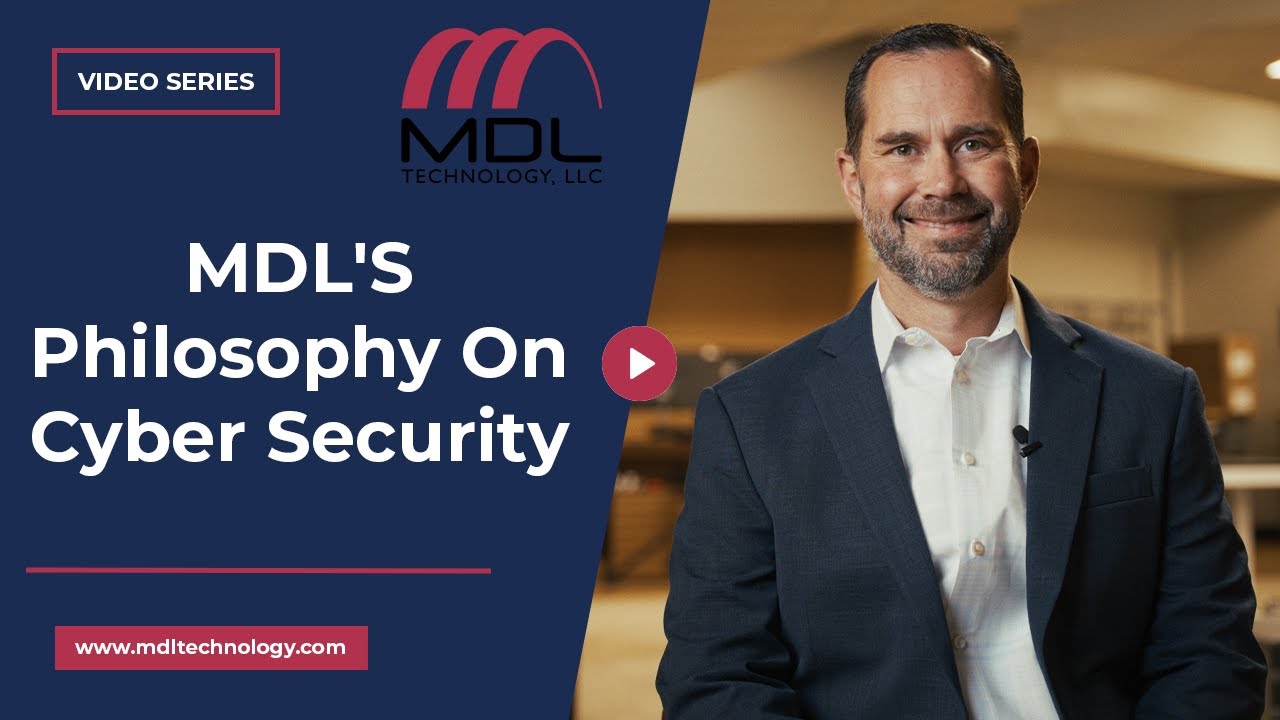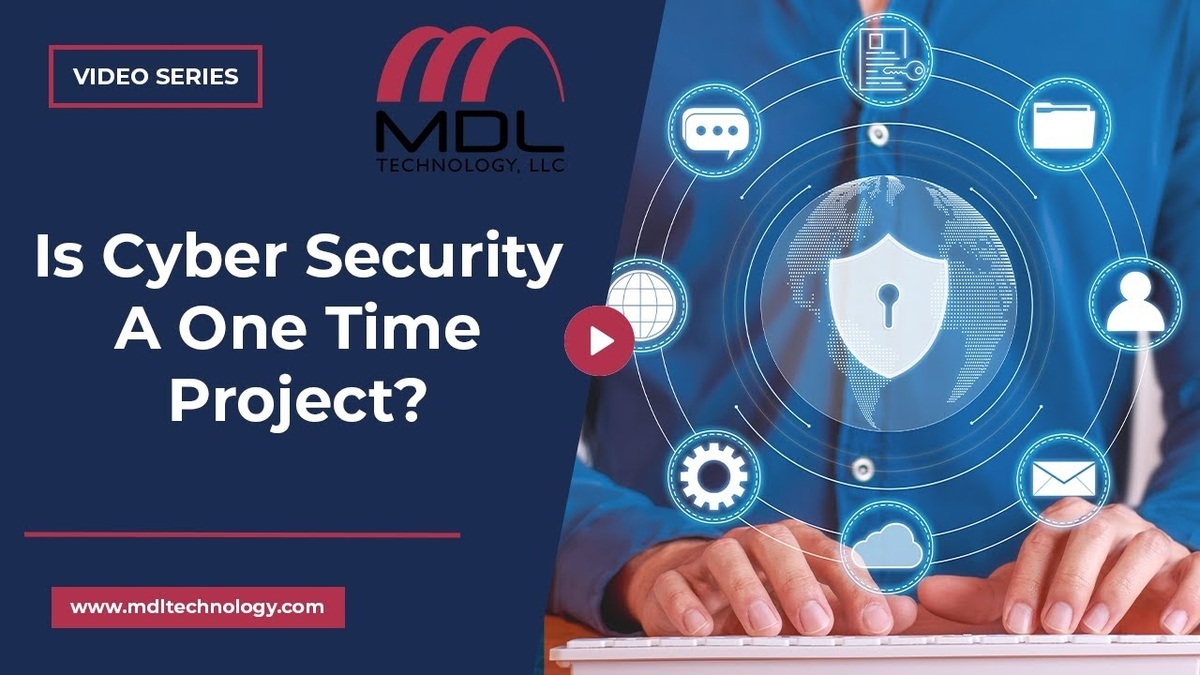Every business we talk to is looking for a smarter, more flexible way to manage their data, and cloud hosting often tops the list. But before making the move, one question always comes up: how secure is cloud hosting? With more systems shifting online, security is one of the most important things to get right.
We’ve worked with companies across a range of industries to build cloud environments that are not only efficient but also protected. In this post, we’ll walk through the security features that matter and what to look for when choosing a cloud hosting provider.
Understanding the Shared Responsibility Model
Before we look at specific features, it’s important to understand how cloud security works. One of the most common misunderstandings we encounter with new clients is the belief that their cloud provider is fully responsible for security. That’s not the case.
Who Handles What?
In any cloud environment, security is a shared responsibility:
- The Cloud Provider handles the security of the infrastructure, physical servers, data centers, networks, and platform software.
- You, the Client, are responsible for what you put in the cloud. That includes managing access, setting security rules, and protecting your data with the tools provided.
When these roles aren’t clearly understood, it can create gaps. For example, a provider might encrypt the servers, but if you don’t turn on user access controls or backup policies, your data could still be vulnerable.
Key Features That Make Cloud Hosting Secure
So, how do you know if your cloud hosting provider is truly secure? These are the features we recommend checking before signing on with any vendor.
1. Data Encryption at Rest and in Transit
Encryption is your first line of defense. A good provider will encrypt your data both when it’s stored on their servers and when it’s moving between your business and the cloud.
- At rest: Your files remain protected even if someone gains access to the server.
- In transit: Data is encrypted while it’s being transferred, making it unreadable to outside parties.
2. Identity and Access Management (IAM)
One of the biggest risks in cloud environments is unauthorized access. Strong IAM systems are a must.
- Multi-Factor Authentication (MFA): Adds a layer of protection by requiring a code or app confirmation in addition to a password.
- Role-Based Access Control (RBAC): Limits access to sensitive systems based on a person’s job role.
We always set this up during onboarding so our clients have tight control over who sees what.
3. Compliance with Industry Standards
You’ll want a provider that complies with well-known security frameworks, especially if you work in finance, healthcare, or law.
Look for:
- SOC 2 compliance (focused on security and confidentiality)
- ISO/IEC 27001 certification (a global standard for information security)
- HIPAA or GDPR compliance if your industry requires it
They show that the provider has taken concrete steps to meet recognized security standards and protect your data.
4. Regular Security Audits and Internal Assessments
Ask if your provider undergoes third-party audits or performs internal reviews. These checks help identify weaknesses before a breach occurs. We recommend annual assessments and frequent patching to stay current.
5. Built-In Threat Detection and Response
Some cloud platforms now include automated threat detection that monitors suspicious activity, flags potential intrusions, and can even take automated action to isolate an issue.
If your provider doesn’t offer this, we can often integrate separate tools that give you similar visibility.
6. Reliable Backup and Disaster Recovery
Security isn’t just about prevention, it’s also about recovery. Look for:
- Automated backups are stored in separate locations
- Recovery plans that allow you to restore systems quickly after a failure
We walk our clients through disaster recovery plans during setup and testing, so they know exactly what to do if something goes wrong.
Common Cloud Security Challenges
Even with all the right tools, cloud security can still be compromised. The key is knowing where the risks lie and how to manage them.
Misconfigurations
Simple setup errors, like leaving storage buckets public or not enforcing strong passwords, are some of the most common causes of breaches. We double-check all settings before launching a cloud environment.
Insider Threats
Employees with access to sensitive data can become a security risk if they’re careless or have bad intentions. This is why role-based controls and audit logs are so important.
Persistent Threats
Some attackers are highly sophisticated. Known as advanced persistent threats (APTs), they quietly target organizations over time. Strong monitoring and timely patching are your best defenses here.
So, How Secure Is Cloud Hosting?
When configured correctly and paired with a provider that invests in top-tier security practices, cloud hosting can be extremely secure. In our experience, the biggest risks come from misunderstandings or missed steps in setup, not the technology itself.
We help our clients close those gaps by handling the details: configuring IAM, enabling encryption, running audits, and making sure compliance boxes are checked. If you’re unsure whether your current cloud setup is secure or considering a move to the cloud for the first time, we’re here to walk you through it.
Ready to Secure Your Cloud Hosting?
If you’re serious about protecting your business, start with a secure foundation. Contact us at MDL Technology for a personalized consultation, and let us help you choose the right cloud solution for your needs, backed by the security features that matter most.







